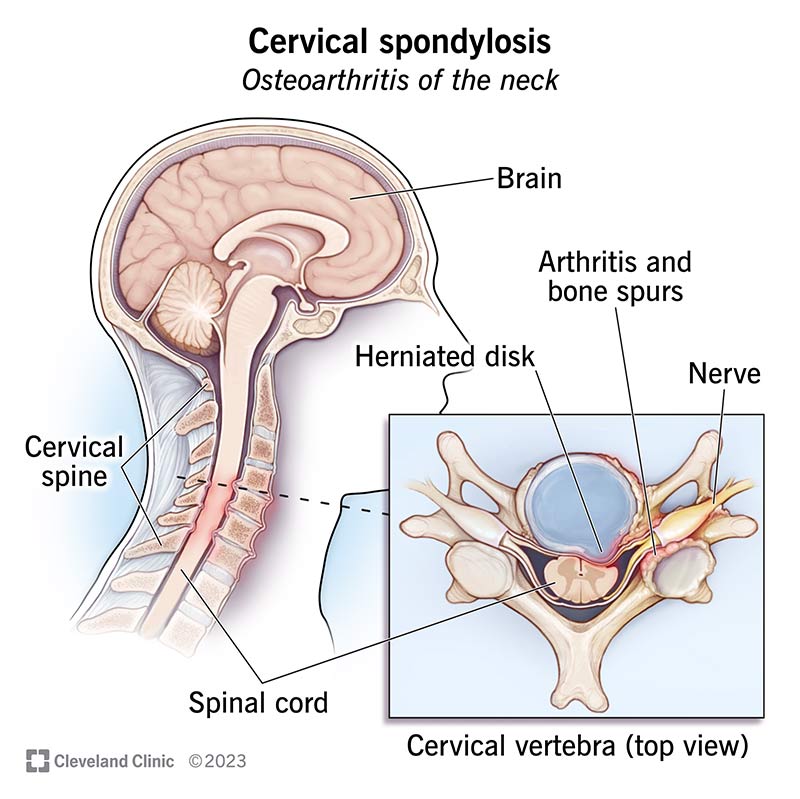
Cervical pain, often referred to as neck pain, is a common condition that affects millions of people worldwide. It can range from mild discomfort to severe pain, affecting daily activities and overall well-being. Understanding the causes, recognizing the symptoms, and exploring treatment options are essential steps in managing and alleviating cervical pain.
What is Cervical Pain?
Cervical pain originates in the cervical spine—the area of the spine that includes the seven vertebrae in the neck. This pain can be due to muscle strain, injuries, aging, or underlying medical conditions. Cervical pain can sometimes spread to the shoulders, arms, and even cause headaches, making it essential to identify the root causes and explore effective treatment options.
Common Causes of Cervical Pain
Keywords: cervical pain causes
Understanding the root causes of cervical pain is essential for choosing the right treatment and preventing future discomfort. Here are some of the primary causes of cervical pain:
- Poor Posture
- Slouching, leaning forward while working, or looking down at smartphones for extended periods can put significant strain on the neck muscles, leading to cervical pain.
- Muscle Strain
- Overuse or sudden twisting of the neck muscles, often due to heavy lifting or poor sleep posture, can strain the muscles, resulting in cervical pain.
- Injuries
- Whiplash or sudden impact injuries (commonly in vehicle accidents) can cause damage to the cervical spine, leading to acute or chronic pain.
- Aging and Degenerative Diseases
- Conditions such as cervical spondylosis and arthritis become more common with age, leading to neck stiffness, reduced flexibility, and pain.
- Herniated Disc
- When a disc in the cervical spine becomes herniated, it can press on nerves, leading to pain, numbness, and even weakness in the arms.
- Stress and Tension
- High stress levels can lead to muscle tension in the neck, shoulders, and upper back, resulting in cervical pain.
- Underlying Health Conditions
- Conditions like fibromyalgia, infections, and tumors may contribute to neck pain, although they are less common.
Recognizable Symptoms of Cervical Pain
Keywords: cervical pain symptoms
The symptoms of cervical pain vary depending on the cause and severity. Common symptoms include:
- Neck Stiffness: Limited neck movement or a feeling of tightness.
- Pain that Radiates: Pain that extends from the neck to the shoulders, upper back, and arms.
- Headaches: Cervical pain often leads to tension headaches, especially at the base of the skull.
- Numbness and Tingling: If nerves are affected, there may be numbness or tingling in the arms and hands.
- Muscle Weakness: Severe cases can cause muscle weakness, making it difficult to hold or lift objects.
- Reduced Range of Motion: Difficulty turning or bending the neck due to pain or stiffness.
Effective Treatment Options for Cervical Pain
Keywords: cervical pain treatment
Treating cervical pain effectively often requires a combination of lifestyle changes, exercises, and medical interventions. Here are some of the most effective treatment options for cervical pain:
1. Home Remedies
- Hot/Cold Therapy: Applying heat helps relax tense muscles, while cold packs reduce inflammation.
- Rest and Gentle Stretches: Resting your neck and doing gentle stretching exercises can relieve tension.
2. Physical Therapy
- Physical therapy focuses on exercises that strengthen the neck muscles, improve posture, and increase range of motion. A physical therapist can also recommend ergonomic changes to prevent further strain.
3. Medications
- Over-the-counter pain relievers such as ibuprofen and acetaminophen can help manage mild pain. In more severe cases, doctors may prescribe muscle relaxants or pain relief medications.
4. Massage Therapy
- Massage can relieve muscle tension, improve blood circulation, and reduce cervical pain. Seeking a trained massage therapist is advisable for the best results.
5. Chiropractic Care
- Chiropractic adjustments, especially when performed by certified professionals, can realign the cervical spine and relieve pain caused by spinal misalignment.
6. Mindfulness and Stress Management
- Techniques such as deep breathing, meditation, and yoga help reduce stress and muscle tension that contribute to neck pain.
7. Surgical Interventions
- In rare and severe cases where conservative treatments don’t provide relief, surgery may be considered. Procedures may include discectomy, cervical fusion, or laminectomy to alleviate pressure on nerves or to repair herniated discs.
Preventing Cervical Pain
Incorporating healthy habits can help prevent cervical pain. Here are some practical tips:
- Maintain Good Posture: Keep your spine aligned, especially when sitting for long periods.
- Exercise Regularly: Strengthen the neck, shoulder, and upper back muscles to support the cervical spine.
- Take Breaks from Screens: Avoid “text neck” by limiting phone use and taking regular breaks.
- Use Supportive Pillows: Opt for ergonomic pillows that keep your neck in a neutral position while you sleep.
- Manage Stress: Incorporate relaxation techniques to reduce muscle tension and avoid cervical strain.
Final Thoughts
Cervical pain is a common yet often preventable issue. By understanding the causes and taking proactive steps—such as adopting good posture, managing stress, and seeking appropriate treatment—you can manage and even prevent cervical pain. For persistent or severe cervical pain, consulting a healthcare professional is crucial to receive the right treatment and improve your quality of life.

